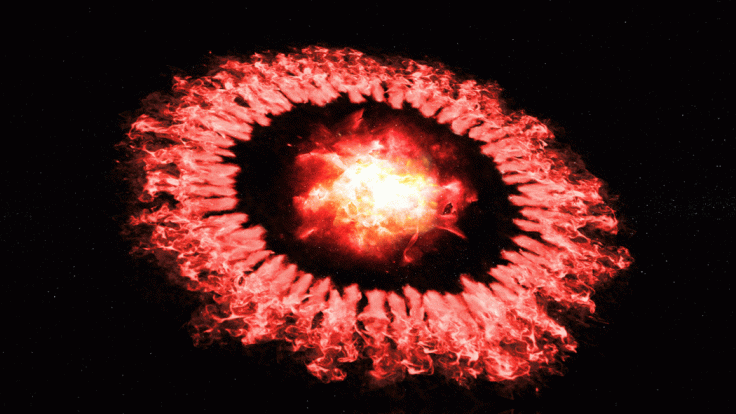According to a team of scientists, a nearby double star system is in danger of exploding before the century ends. They said the upcoming explosion would be bright enough to be spotted from Earth.
The double or binary star system that the scientists are currently monitoring is called V Sagittae. This cosmic structure lies within the Sagitta constellation and is about 5,100 light-years from Earth.
![[BHB2007] 11 [BHB2007] 11](https://data.ibtimes.sg/en/full/28373/bhb2007-11.jpg?w=700)
V Sagittae's Worsening State
V Sagittae is composed of a main sequence star of about 3.3 solar masses, which means it over three times more massive than the Sun. The smaller star within the system is a white dwarf that's about 0.9 solar masses. Recently, a team of scientists from the Louisiana State University shared their findings about the current state of the star system. According to the scientists, they have been studying the data collected on the star system dating back to 1890.
As they were going through the data, the scientists learned that the brightness of the main sequence star of V Sagittae has been increasing by a factor of 10. In addition, its companion white dwarf star has been spinning more violently, which causes it to become more luminous.

V Sagittae's Explosion
According to the scientists, the behavior displayed by the binary star system suggests that its main star is losing its mass because its fuel is being absorbed by the spinning dwarf star. This means that the star system is in danger of exploding and causing a nova event. Once this happens, V Sagittae would briefly become the most luminous cosmic object in Milky Way. The explosion would most likely not affect the Earth but it would be bright enough to be observed from the planet. According to the scientists, the stellar explosion could happen sometime in 2083.
"Over the next few decades, the star will brighten rapidly," Bradley Schafer of the Louisiana State University's Department of Physics and Astronomy said in a statement. "Around the year 2083, its accretion rate will rise catastrophically, spilling mass at incredibly high rates onto the white dwarf, with this material blazing away."









